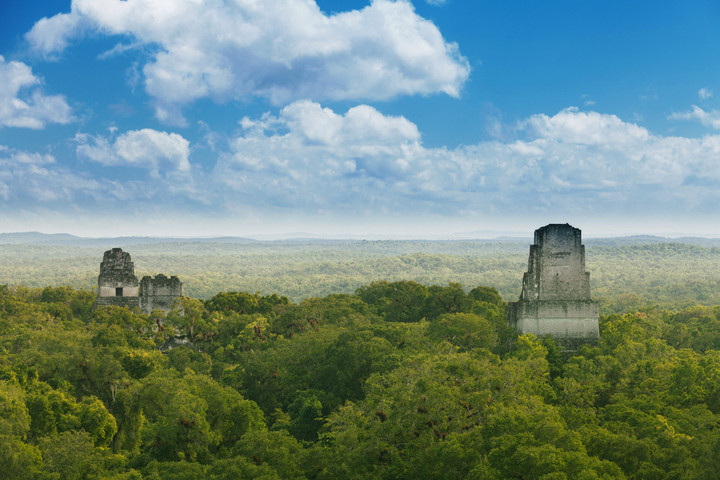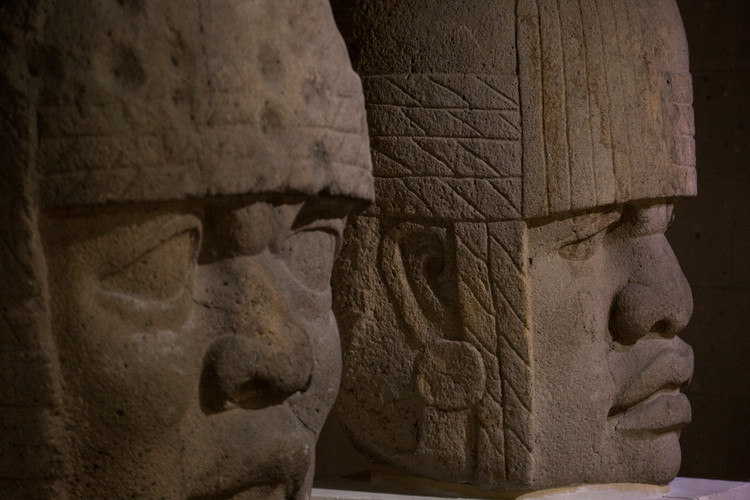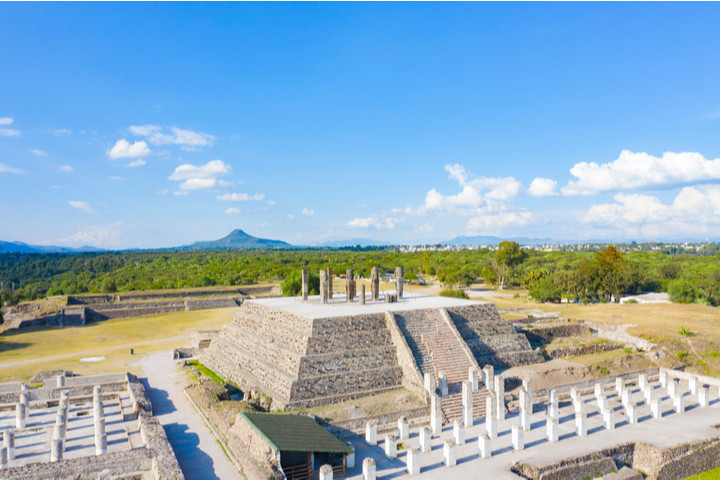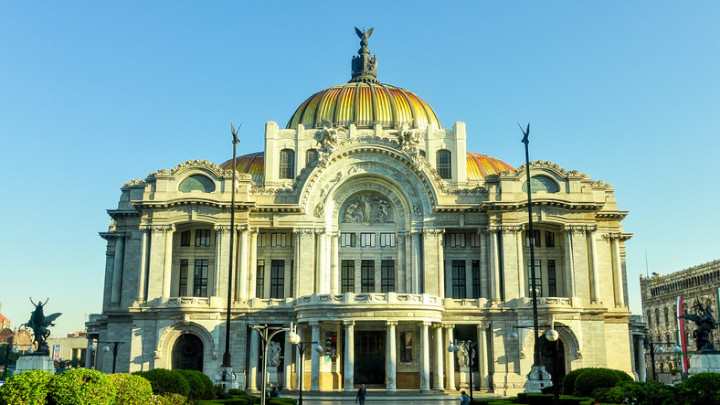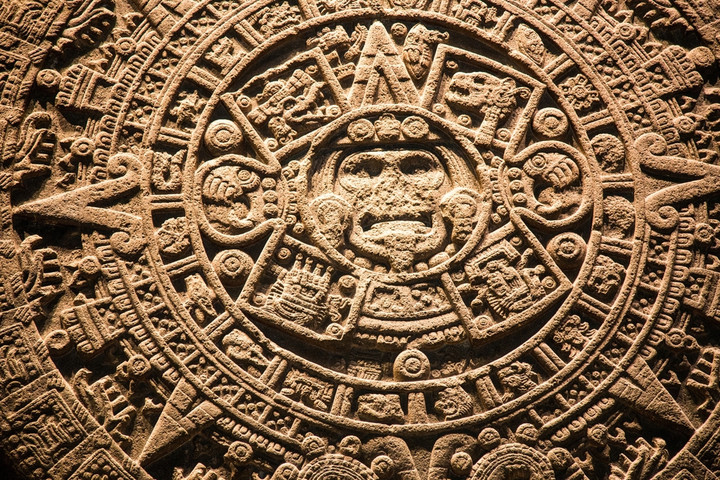Mexico
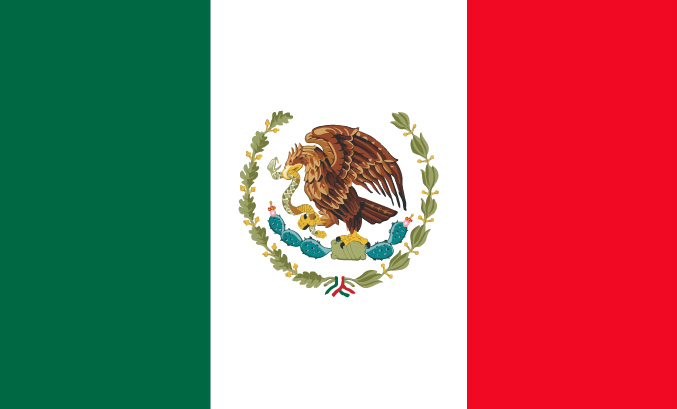
| Government | |
| Name | United Mexican States |
| Spanish | Estados Unidos Mexicanos |
| Government type | federal presidential republic |
| Capital | Mexico City (8,851,080 (2010)) |
| Currency | Peso (MXN) |
| People | |
| Population (2020) | 128,932,753 (10th) |
| Density of population | 61 P/km2 (142nd) |
| Nationality | Mexican |
| Official languages | |
| None at federal level | |
| Spanish and 68 Amerindian languages | |
| Ethnic groups (2012) | |
| mestizo (Amerindian-Spanish) | 62% |
| predominantly Amerindian | 21% |
| Amerindian | 7% |
| other (mostly European) | 10% |
| Religions (2010) | |
| Roman Catholic | 82.7% |
| Pentecostal | 1.6% |
| Jehovah’s Witness | 1.4% |
| other Evangelical Churches | 5% |
| other | 1.9% |
| none | 4.7% |
| unspecified | 2.7% |
| Life expectancy (2020) | |
| Male | 73.9 years |
| Female | 79.6 years |
| Total population | 76.7 years (91st) |
| Homicides | |
| Total (2018) | 29.1 per 100,000 people (13th) |
| Geography | |
| Land area | 1,943,945 km2 |
| water area | 20,430 km2 |
| total area | 1,964,375 km2 (15th) |
| Mean elevation | 1,111 m |
| Lowest point | |
| Laguna Salada | -10 m |
| Highest point | |
| Volcan Pico de Orizaba | 5,636 m |
| Land use (2011) | |
| Agricultural land | 54.9% |
| Arable land | 11.8% |
| Permanent crops | 1.4% |
| Permanent pasture | 41.7% |
| Forest | 33.3% |
| Other | 11.8% |
| Urbanization | |
| Urban population (2020) | 80.7% |
| Rate of urbanization | 1.59% annual rate of change (2015 – 2020) |
| Economy | |
| Labor force (2017) | 54.51 million (12th) |
| Labor force by occupation (2011) | |
| Agriculture | 13.4% |
| Industry | 24.1% |
| Services | 61.9% |
| Unemployment rate (2017) | 3.4% (42nd) |
| note: underemployment may be as high as 25% | |
| GDP (PPP) (estimate 2020) | |
| Total | $2.715 trillion (11th) |
| Per capita | $21,362 (64th) |
| GDP (nominal) (estimate 2020) | |
| Total | $1.322 trillion (15th) |
| Per capita | $10,405 (64th) |
| GDP by sector (estimate 2017) | |
| Agriculture | 3.6% |
| Industry | 31.9% |
| Services | 64.5% |
| Exports (2017) | $409.8 billion (12th) |
| Exports partners (2017) | |
| US | 79.9% |
| Imports (2017) | $420.8 billion (14th) |
| Imports partners (2017) | |
| US | 46.4% |
| China | 17.7% |
| Japan | 4.3% |
Mexico on the world map
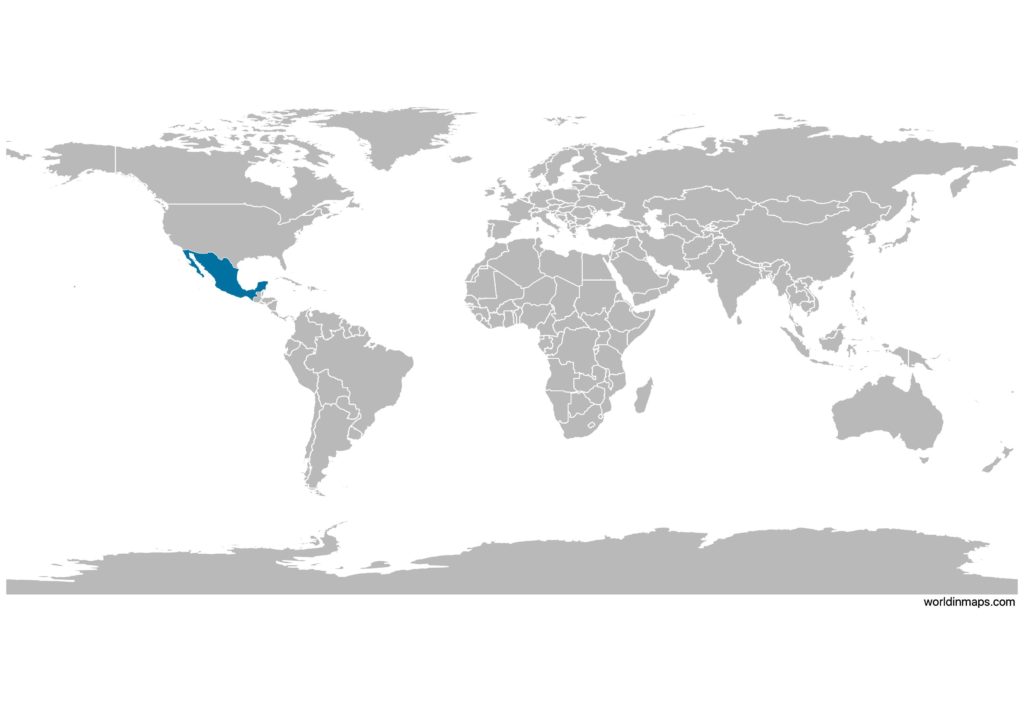
Mexico top 10 largest cities (2010)
- Mexico City (8,851,080)
- Ecatepec (1,655,015)
- Guadalajara (1,495,182)
- Puebla (1,434,062)
- Ciudad Juárez (1,321,004)
- Tijuana (1,300,983)
- León (1,238,962)
- Monterrey (1,168,709)
- Zapopan (1,142,483)
- Nezahualcóyotl (1,104,585)
Demography
Population pyramid
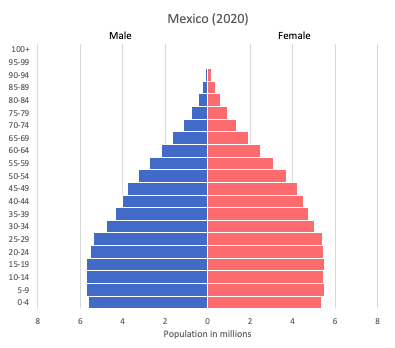
Age structure data
Estimate for 2020:
- 0-14 years: 26.01% (male 17,111,199/female 16,349,767)
- 15-24 years: 16.97% (male 11,069,260/female 10,762,784)
- 25-54 years: 41.06% (male 25,604,223/female 27,223,720)
- 55-64 years: 8.29% (male 4,879,048/female 5,784,176)
- 65 years and over: 7.67% (male 4,373,807/female 5,491,581)
Remark: the age structure of a population affects a nation’s key socioeconomic issues. Countries with young populations (high percentage under age 15) need to invest more in schools, while countries with older populations (high percentage ages 65 and over) need to invest more in the health sector. The age structure can also be used to help predict potential political issues. For example, the rapid growth of a young adult population unable to find employment can lead to unrest.
Population from 1950 to 2020
Source: United Nations, Department of Economic and Social Affairs, Population Division (2019). World Population Prospects 2019, Online Edition. Rev. 1.
Evolution of the life expectancy from 1960 to 2018
Source: World Development Indicators, The World Bank
Economy
Agriculture:
corn, wheat, soybeans, rice, beans, cotton, coffee, fruit, tomatoes, beef, poultry, dairy products, wood products
Industries:
food and beverages, tobacco, chemicals, iron and steel, petroleum, mining, textiles, clothing, motor vehicles, consumer durables, tourism
Exports – commodities:
manufactured goods, electronics, vehicles and auto parts, oil and oil products, silver, plastics, fruits, vegetables, coffee, cotton, Mexico is the world’s leading producer of silver
Imports – commodities:
metalworking machines, steel mill products, agricultural machinery, electrical equipment, automobile parts for assembly and repair, aircraft, aircraft parts, plastics, natural gas and oil products
Time zone and current time in Mexico
Go to our interactive map to get the current time in Mexico
Related articles
-
The Mayan civilization

This Mesoamerican civilization is nowadays well known for its pyramids, its big cities, its calendar… But for centuries it had totally disappeared under the vegetation, before it was discovered again at the end of the 19th century. The Mayan civilization covered 15 centuries, from 600 BC until AD 900. For unknown reasons their civilization collapsed, […]
-
The Olmecs

This old civilization was discovered less than 2 centuries ago. It is the oldest Mesoamerican civilization and the “Mother culture” of Mesoamerica. The Olmecs are at the origin of the oldest known Mesoamerican civilization. But, unlike other Mesoamerican civilization, they were only discovered in the 19th century. It is in 1862 that a first colossal […]
-
The Toltecs

This great Mesoamerican civilization, is less known than the other big empires of this region of the world, but nevertheless it fascinated by the Aztecs and inspired the Mayans. The Toltecs were one of the main post-classical Mesoamerican civilization located around its capital city, Tula, in the central plateau region of Mexico. Not everything has […]
-
Mexico travel guide

This travel guide will present the best places to visit when travelling to Mexico. The tourism is very important and very developed for …
-
Aztec empire

The Aztec empire (1376 – 1521) covered a part of actual Mexico and its capital was located at the current city of Mexico. The maps and data cover from the start of the Aztecs to the Spanish conquest led by Hernán Cortés. The Aztec empire map cover also the expansion by the different Tlatoque (Emperor) […]
